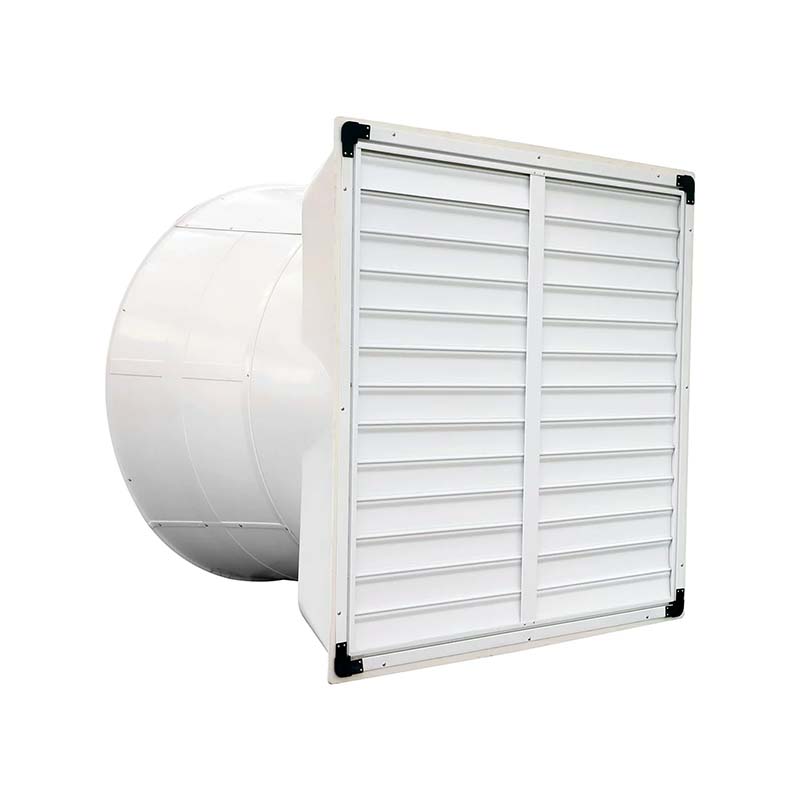Pellet Machine Solutions for Producing High-Quality Fish Feed Efficiently
Oct . 19, 2024 02:58 Back to list
Pellet Machine Solutions for Producing High-Quality Fish Feed Efficiently
The Importance of Pellet Machines for Fish Feed Production
In the aquaculture industry, one of the most critical aspects of fish farming is the quality of feed provided to the fish. The nutritional needs of fish vary significantly from species to species, but the importance of delivering a balanced diet cannot be overstated. This is where pellet machines come into play. These machines are essential in the production of high-quality fish feed pellets, which are designed to meet the specific dietary requirements of aquatic animals.
Understanding Fish Feed Pellets
Fish feed pellets are specially formulated to provide necessary nutrients, including proteins, vitamins, and minerals. The primary objective of using pellets is to ensure that fish can consume the feed easily, leading to efficient digestion and optimal growth. Unlike traditional feed forms, which may lead to wastage or be difficult for fish to consume, pellets are designed to sink or float based on the needs of different fish species.
How Pellet Machines Work
Pellet machines are specialized equipment designed to process raw ingredients into uniform pellets. The process starts with the grinding of various ingredients, typically including fish meal, soybean meal, corn, vitamins, and minerals. These raw materials are mixed together to create a balanced diet for the fish.
Once the raw ingredients are ready, they are fed into the pellet machine. Here, the mixture is subjected to high pressure and temperature, which helps to bind the particles together, forming a dense pellet. The pelletizing process often involves the use of steam, which not only cooks the ingredients but also enhances their nutritional value by making them more digestible.
After the pellets have been formed, they are cooled and dried to ensure they do not degrade or mold during storage. The final product is then often packaged for distribution to fish farms.
Advantages of Using Pellet Machines
pellet machine for fish feed

One of the most significant advantages of using pellet machines for fish feed production is the consistency in quality and size of the pellets. Uniformity is crucial because it ensures that all fish receive an equal share of nutrients, encouraging healthier growth rates across the entire population.
Additionally, pellet machines can significantly reduce feed wastage. Unlike loose feed, which can easily disperse in the water, pellets remain intact, minimizing the chances of pollutants and ensuring that fish can consume them efficiently.
Using pellet machines also allows for the customization of feed formulations. Fish farmers can adjust the recipe depending on the growth stage of the fish or specific dietary needs. For instance, fry and fingerlings may require a different nutrient profile than adult fish.
Economic Benefits
Investing in a pellet machine can be economically beneficial for fish farmers. By producing their own feed, farmers can save on costs associated with purchasing commercial feed. Additionally, with the increasing demand for sustainable and locally sourced fish, having control over feed production allows for better management of resources.
Moreover, the efficiency of pellet machines often results in faster production rates, enabling fish farmers to meet immediate market demand without relying on external suppliers. This can lead to increased income for fish farmers as they can sell their product more quickly and adapt to changing market conditions.
Conclusion
In summary, pellet machines play an indispensable role in the aquaculture industry by producing high-quality fish feed pellets that enhance fish growth, reduce wastage, and can be economically advantageous for fish farmers. As the aquaculture industry continues to grow, the importance of efficient and sustainable feed production methods cannot be overstated. Investing in pellet machines not only supports better farming practices but also aligns with the growing demand for sustainable seafood production. Whether for small-scale operations or larger aquaculture enterprises, the benefits of pellet machines are clear and significant.
-
Automatic Feeding Line System-Pan Feeder Nipple Drinker|Anping County Yize Metal Products Co., Ltd.
NewsJul.29,2025
-
Hot Sale 24 & 18 Door Rabbit Cages - Premium Breeding Solutions
NewsJul.25,2025
-
Automatic Feeding Line System Pan Feeder Nipple Drinker - Anping County Yize Metal Products Co., Ltd.
NewsJul.21,2025
-
Automatic Feeding Line System Pan Feeder Nipple Drinker - Anping County Yize Metal Products Co., Ltd.
NewsJul.21,2025
-
Automatic Feeding Line System - Anping Yize | Precision & Nipple
NewsJul.21,2025
-
Automatic Feeding Line System - Anping Yize | Precision & Nipple
NewsJul.21,2025






